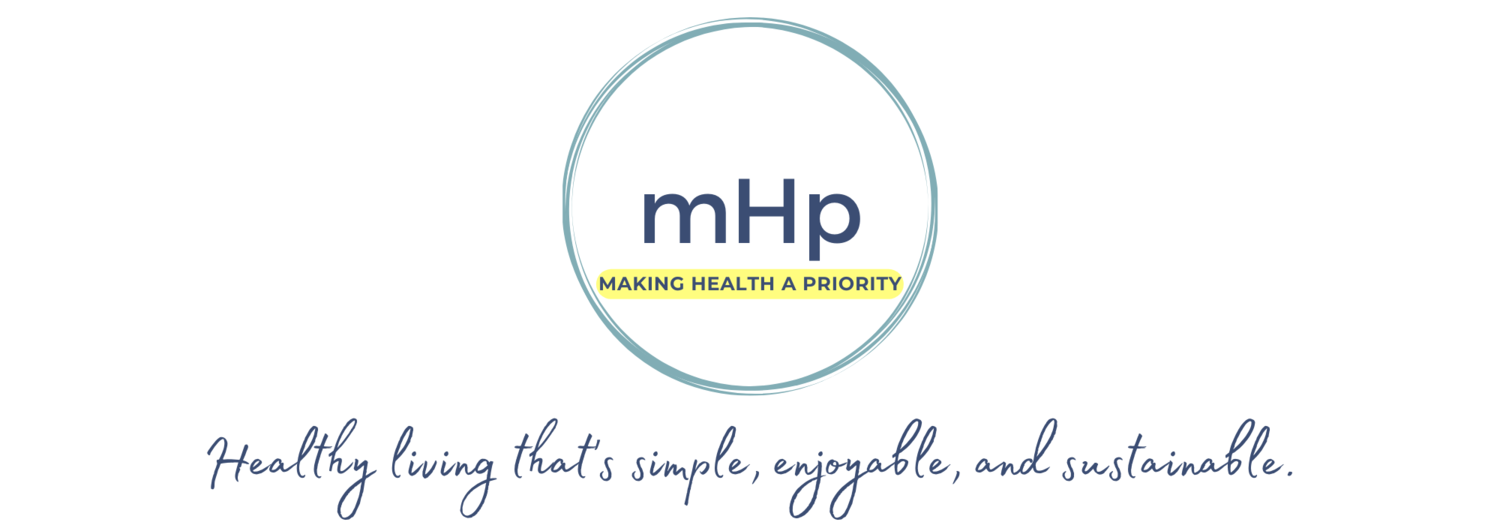Looking for a Good (Quick) Read?
Photo by gpointstudio, Getty Images
While on vacation with my family recently, I had an (unintended) opportunity to do a little health research. Actually, this "research" was merely reading a magazine. It was a great read though -- one I feel compelled to share here.
My daughter is the one who found it. We were in the checkout line of a grocery store. As I loaded groceries onto the checkout counter, asking my 4-year-old son to "please put those packages of gum back" and my 6-year-old daughter to "please put those magazines back," my daughter waved around one of the magazines, saying, "Look Mom, this one has vegetables on it. You might want to read this one!"
I laughed, then looked at the National Geographic special she was holding, entitled Blue Zones - The Science of Living Longer. She knows me well.
With a newsstand price of $13.99, the magazine seemed a bit pricey to me. (When did magazines get so expensive?!) But I decided that perhaps I shouldn't think of it as a magazine... after all, it's a special edition... more like a short paperback with beautiful pictures and great content... Yes, that's what I was purchasing... great content to enrich my life... an investment! :)
I wish I could say that I looked as elegant as the lady above while I read it, but that was definitely not the case. I couldn't find any pictures of a girl just out of bed, quietly tiptoeing onto the hotel balcony (like a ninja with crazy bedhead), to drink coffee, read, and enjoy the quiet before the kids woke up. That picture would have been more accurate.
For anyone unfamiliar with the term, "Blue Zones" are areas of the world where people tend to live long and healthy lives (often well into their hundreds). I find this subject fascinating, as it analyzes three of my favorite topics:
- Food!
- Interesting places and cultures around the world
- Lifestyles that promote vitality
As author Dan Buettner writes (random excerpts):
We've simply gone from an environment of hardship and scarcity to one of abundance and ease. The question is: How can we make the most of this abundance without letting it ruin our health?
... something is wrong with the way life is organized in most of our nation -- something about the foods we consume, the frantic pace of life we keep, the relationships we make, and the communities we create -- that keeps us from being as happy and healthy as we could be.
... What we discovered is that the path to a long, healthy life comes from creating an environment around yourself, your family, and your community that nudges you into following the right behaviors subtly and relentlessly...
Growing, preparing, serving, and eating are all sacred practices with power to bring their families, their homes, their communities, their beliefs, and the natural world together in daily rhythms and harmonies.
The trick is to painlessly find that happy balance between savoring our lives and behaving in a way that saves them for the longest possible time. In our world, those two forces are at odds, but in the Blue Zones, those two forces harmonize.
The issue takes a look at five places in the world with high numbers of people who grow to old age, with low incidence of health problems such as heart disease, obesity, cancer or diabetes. These places are:
- Ikaria, Greece
- Okinawa, Japan
- Ogliastra region, Sardinia
- Loma Linda, California
- Nicoya Peninsula, Costa Rica
Longevity foods and lifestyle practices of each of these regions are discussed. Buettner also describes the "Power Nine" -- nine healthy lifestyle habits that Blue Zones residents tend to practice to help them live longer, healthier, and happier lives. These are:
- Move naturally - lifestyle that encourages movement
- Purpose - having something to live for beyond work
- Downshift - routines to shed stress
- 80 percent rule - stop eating when you're 80% full
- Plant slant - plants as the cornerstone of the diet
- Wine @ 5 - alcohol in moderation
- Right tribe - social circles that support healthy behaviors
- Community - involvement in faith-based services
- Loved ones first - putting family first
Buettner gives practical ways that you can build your own Blue Zone, as well as case studies of communities in the US where residents have successfully adopted a more Blue Zone way of life. Finally, he gives some of his favorite Blue Zone recipes.
As I read it, I felt inspired. I enjoyed the beautiful pictures while learning about these cultures. I gained practical wisdom and imagined creative ways I might blue-zone-ify my own life.
Bottom line -- Great read. Inspiring. Not a big time commitment. I hope you enjoy it too!
This post was originally published on August 5, 2016.



Thanks for checking out my blog! To learn a bit more about me, click here. If you would like to join my email list, you can subscribe here. You can also "like" the Making Health A Priority Facebook page by using the icon at the bottom of this page. Wishing you the best on your journey to better health!
Kiley Owen, PA-C